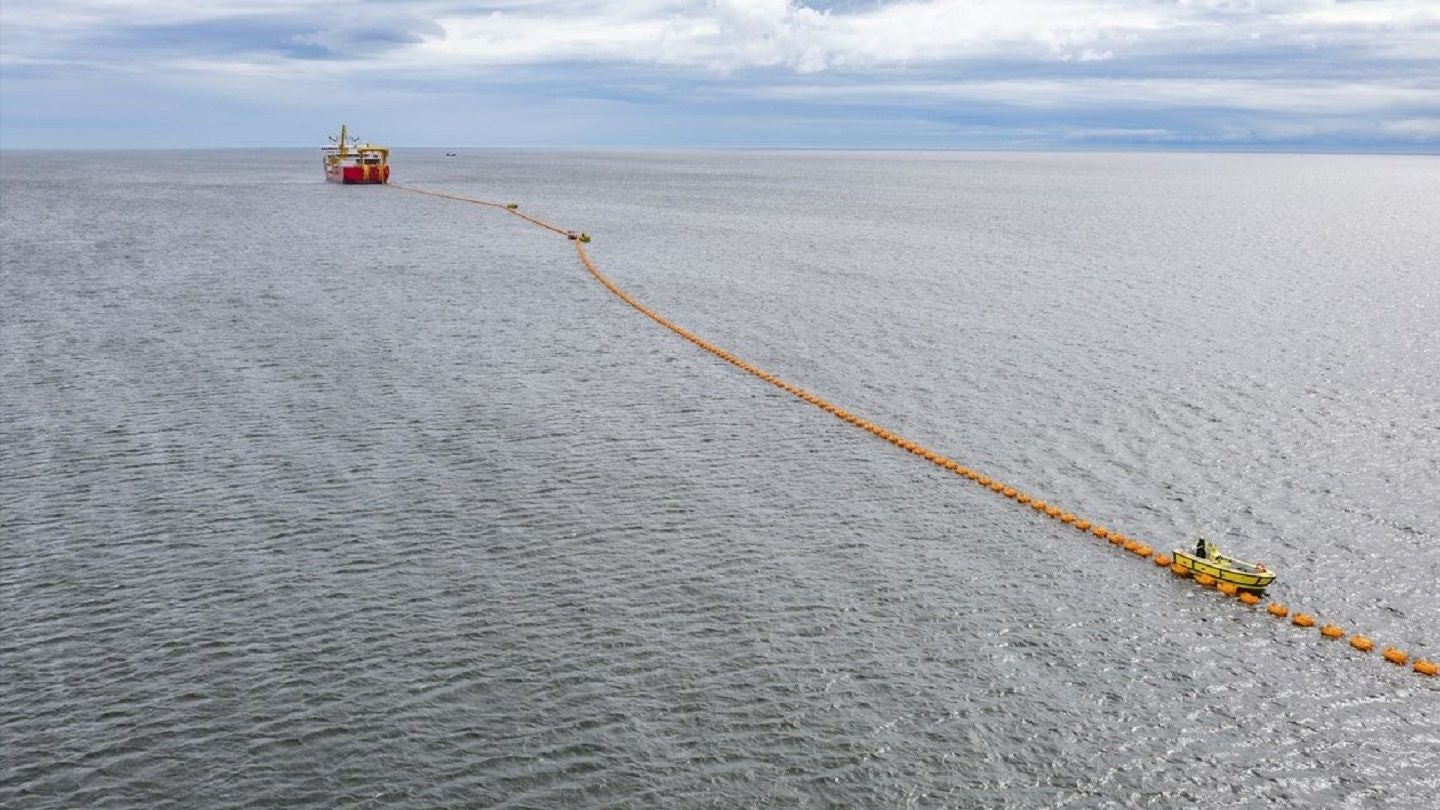
France-based cable supplier Nexans has secured a €1.43bn ($1.6bn) turnkey contract to build a section of the EuroAsia Interconnector, which will connect the electricity grids of Greece, Israel, Cyprus and Europe.
The EuroAsia Interconnector project will allow the exchange of 1GW of electricity between Israel, Cyprus and Greece with Europe in its first stage.
In stage two, the capacity will be increased to 2GW – enough to power three million households annually.
The project is expected to end energy isolation across Cyprus and Israel, bringing supply security and creating an energy highway between Europe and Asia.
Pole one is expected to be complete in 2028 and pole two in 2029.
EuroAsia Interconnector CEO Nasos Ktorides stated: “We are proud that after 12 years of hard work, the world’s longest and deepest subsea HVDC [high-voltage direct current] electricity interconnector built by Nexans will put Cyprus on the world energy map, while also ending the energy isolation of Cyprus, the last non-interconnected EU member state, and Israel.
“The EuroAsia Interconnector Israel-Cyprus-Greece is a leading European project of common interest [… It] ends the energy isolation of Cyprus and Israel, creates security of supply, significantly reduces CO₂ emissions, and serves the ‘green deal’ of the European Commission.”
Nexans will work on the section connecting Greece and Cyprus.
This will be a critical part of the broader connection between the grids of Greece, Cyprus and Israel. A 525kV HVDC cable will be used for the project.
A 2 x 900km bi-pole cable will run across the Mediterranean Sea floor at a depth of more than 3,000m.
Nexans will manufacture the cables for the project at its facilities in Halden, Norway, and Futtsu, Japan. They will be installed by its cable-laying vessels Aurora and Skagerrak.
Nexans CEO Christopher Guérin stated: “Nexans’ global electrification strategy is playing a key role in the world’s journey to a net-zero future and we are excited that we have been selected to bring the development of the EuroAsia Interconnector to life.”
The EU has designated the interconnector as a project of common interest. This allows it to benefit from expedited planning permissions, lower administrative costs and public participation.







